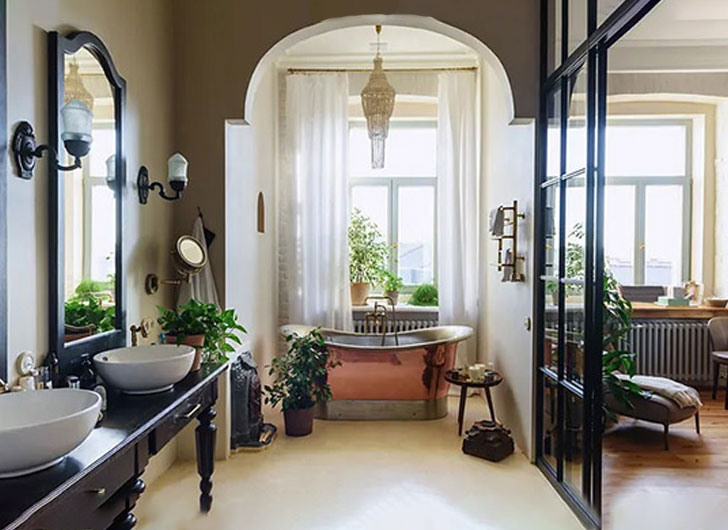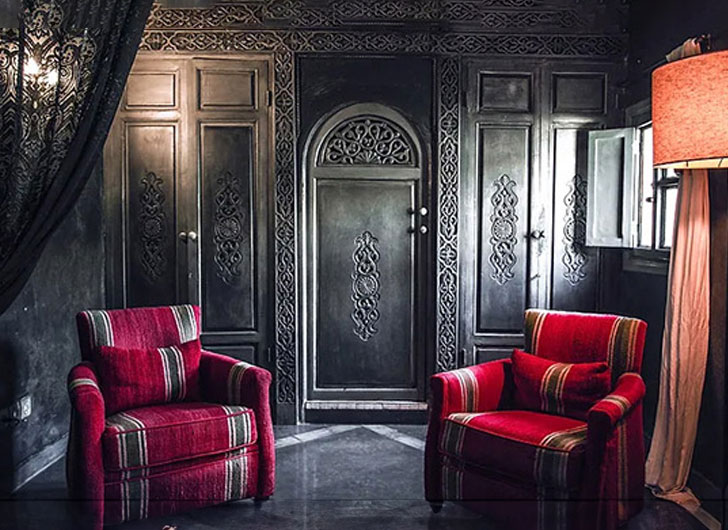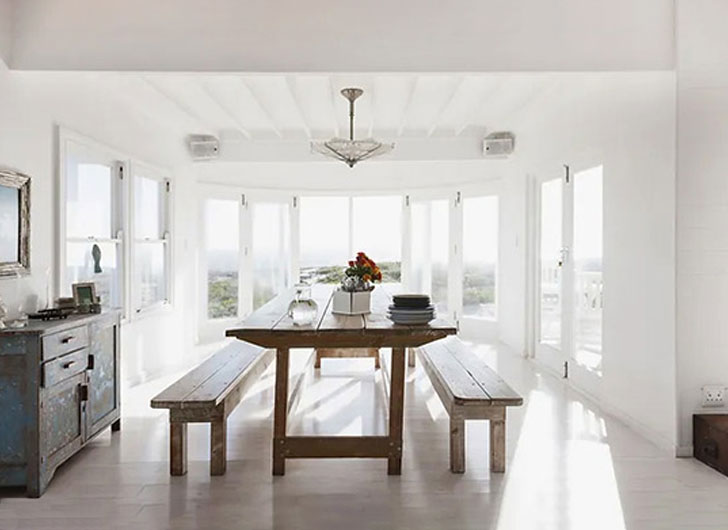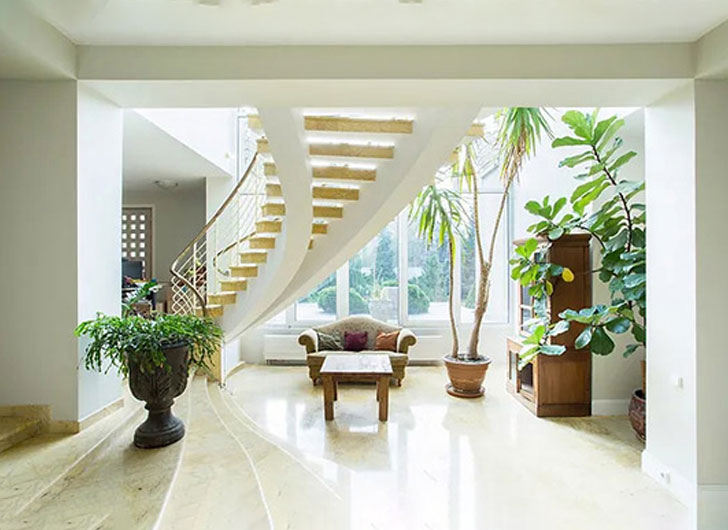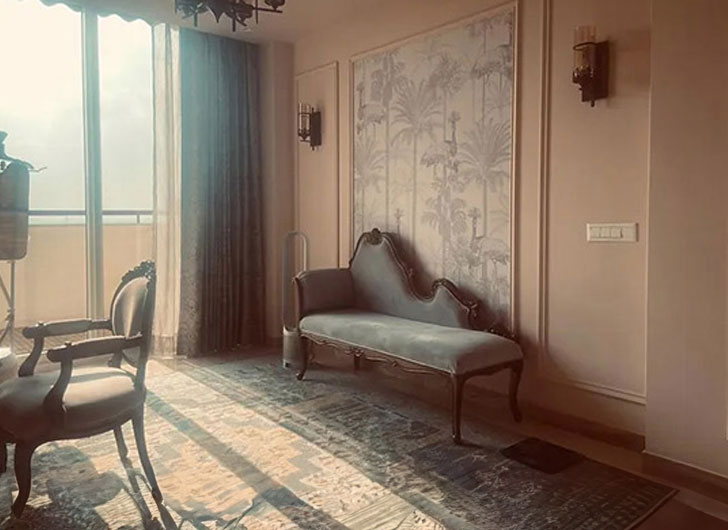Neoclassical Interior Design: Guide to get Inspired.
Neoclassical Interior Design is rooted in our history from decades and draws us in with visual appeal. It's undeniable that we gravitate to ancient and modern design time to time again, not subjective to only fashion but in every aspect. There is something desirable about their simplicity, symmetry, accuracy and scale. That’s why modern neoclassical interior design is quickly gaining popularity. Here’s how to bring the style into your home!
What is Neoclassical Interior Design ?
Neoclassical interior design is a style of interior design that draws inspiration from classical Greek and Roman architecture, art, and design. One of the best love trends of 21st century is modern Neo classical Interior design. Yet its emerging beauty has roots in the 17th and 18th centuries.
Characteristics of Neoclassical design
Neoclassical design offers a timeless and sophisticated aesthetic that blends historical references with a contemporary sensibility. It creates an atmosphere of refinement, order, and grace, evoking a sense of grandeur and elegance.
Neoclassical Interior Design Elements.
Modern and original neoclassical interior designs share the same elements. But the main difference comes in our contemporary use of slim-line furniture and the slightly minimalist approach to the look. Nevertheless, here are the main elements neoclassical interiors share:
Symmetry and Balance: Neoclassical design emphasizes a sense of balance and symmetry. Furniture arrangements, decorative elements, and artwork are typically organized in a symmetrical manner to create a visually pleasing and harmonious space.
Classical architectural detail, like Greek columns and high ceilings
Spacious layouts with selective furniture, leaning to thoughtful minimalism
Large windows and mirrors that allow plenty of light to flood the rooms
Colors and Materials: Neoclassical design tends to favor a restrained color palette with soft, muted tones. Shades of white, cream, beige, and pastels are commonly used, creating a sense of lightness and serenity. As for materials, neoclassical design employs natural materials such as marble, stone, wood, and silk to add a touch of luxury.
Fine Furnishings: Neoclassical interiors often feature furniture with clean lines, symmetrical forms, and elegant details. Pieces are typically crafted from quality materials and showcase refined craftsmanship. Classical elements, such as fluted legs, carved details, and geometric shapes, are commonly incorporated into furniture designs.
Accessorizing: Neoclassical spaces are adorned with tasteful accessories. Mirrors with ornate frames, classical sculptures, urns, vases, and busts of ancient figures are popular decorative items. Artwork often depicts classical themes, historical scenes, or portraits.
Quick Tip:
As you plan a space, start with a vision for the colors. The more muted palette is one of the most defining features of neoclassical. Define an area with a rug, ideally something with a gentle, floral or oriental pattern. Add to this some furniture. The antiquity-inspired furniture can really bring out the best features of this aesthetic. Although neoclassical is not a minimalist style, it shouldn’t be overly visually busy like some of its more opulent predecessors.
Copyright ©2025 All rights reserved. Maintained by Brand Radix.









